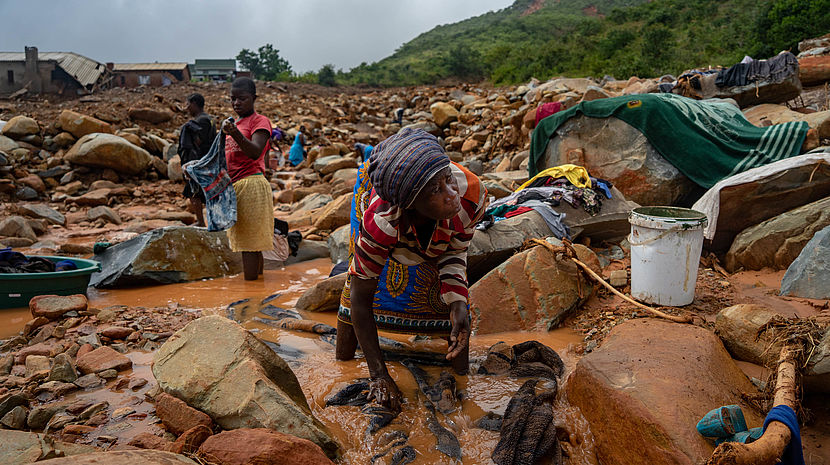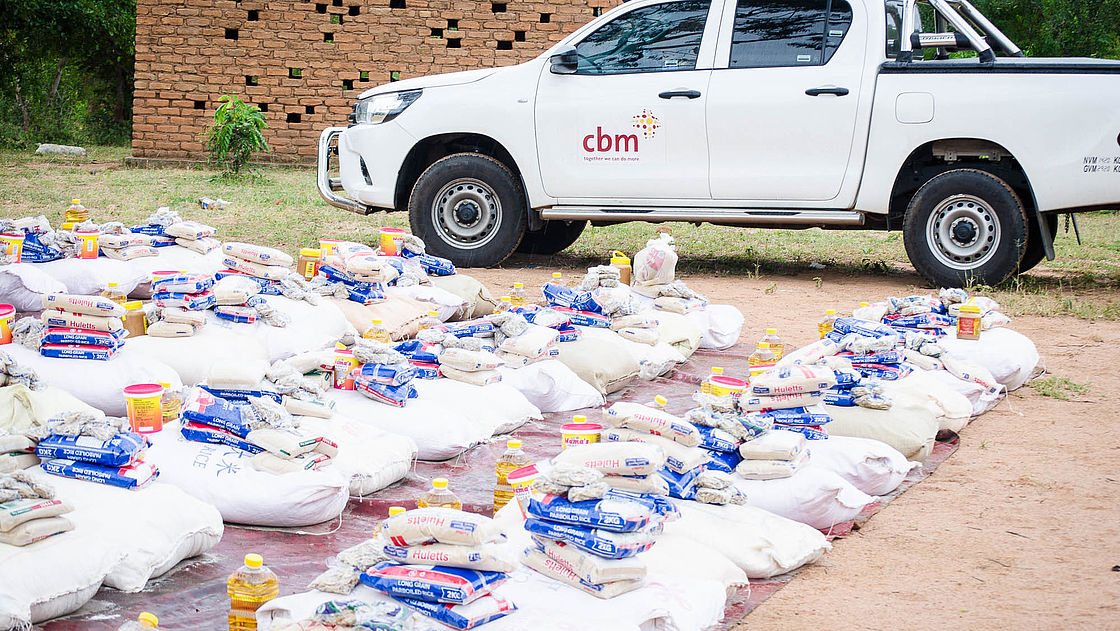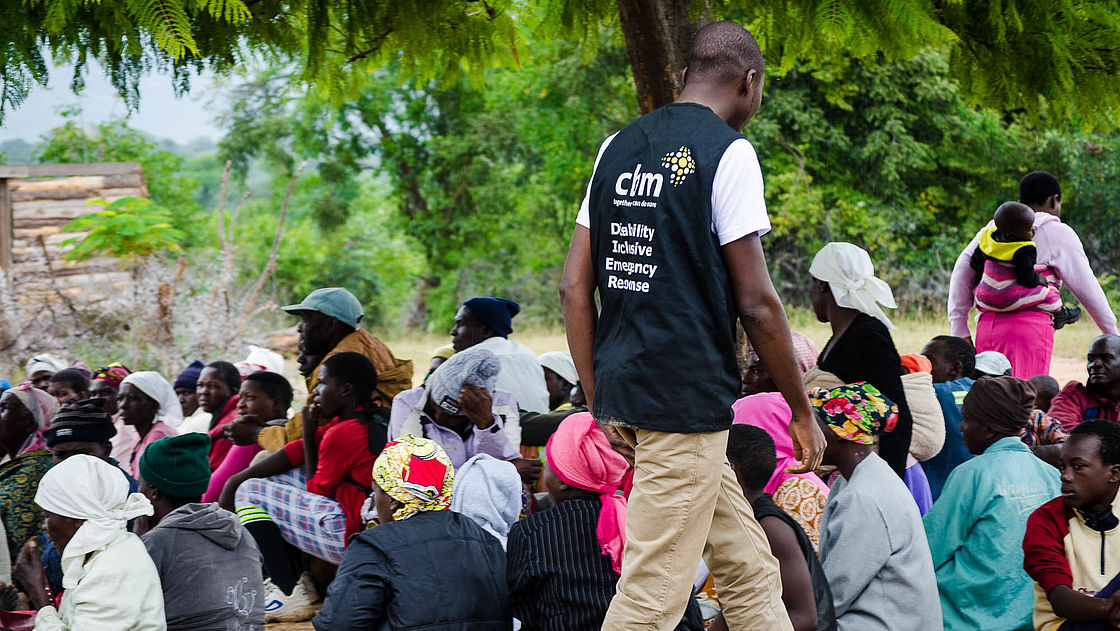Updated 18 April 2019
Tropical Cyclone Idai

© ZINYANGE AUNTONY / AFP
CBM and its partners are preparing response to Tropical Cyclone Idai, which has ravaged southern Africa. In such situations, persons with disabilities are always along those worst affected and last to be reached.
What happened?
Cyclone Idai, one of the worst recorded tropical cyclones ever to affect southern Africa, made landfall on Mozambique 14/15 March with winds of up to 177 km/h (106 mph) and causing widespread destruction. It continued to Zimbabwe, causing riverine and flash flooding in eastern districts of the country. According to UN OCHA (19 March), more than 100 deaths have been reported, 200 people have been injured and over 200 are missing in Manicaland and Masvingo provinces. Crops and livestock have been destroyed and power supply and communication continue to be disrupted in affected areas. Overall, more than 2,500 households are estimated to be affected; however, an accurate assessment of the number of people impacted and displaced is difficult to establish at this point, as many district wards remain inaccessible.

A disability-inclusive food distribution in Bikita district, after carrying out needs assessment and focus group discussions. ©CBM
CBMCBM and partners' response
Zimbabwe country office and local partners, with support from the CBM Emergency Response Unit (ERU), have assessed the situation. There is a large need for support, and we are implementing a response that will address food security and rehabilitation for the affected population (including persons with disabilities and other most marginalised groups), and increased disability inclusion in mainstream relief and recovery projects.
Read more on how CBM operates in humanitarian situations.

Food distribution was conducted by Jairos Jiri Association and CPU supported by CBM. Each household received mealie meal, rice, sugar, means, peanut butter and cooking oil. ©CBM
CBMBackground information on humanitarian emergency and disability
The WHO estimates 15% of the global population live with disability. In any emergency or disaster, people who live with some form of disability are disproportionally affected. Reasons for this include inaccessibility of warning messages and emergency shelters, loss and damage of assistive devices, disruption of support networks and increased difficulty in accessing basic humanitarian operations (food, water, shelter, sanitation and health care services). At the same time, emergencies can increase the number of people who experience disability, both short and long-term, due to injuries sustained and lack of effective medical services.
While aiming for disability inclusion, a CBM response will not focus solely on persons with disability. Rather, our emergency programmes target the whole community. CBM partners with many types of organisation, including Disabled People's Organisations (DPOs) in our emergency activities, ensuring that persons with disabilities are actively involved and using their unique knowledge to build a fully inclusive response. Reaching and involving all of society in our work will ensure that effectiveness of our relief and early recovery processes is maximised and, leading on to longer-term interventions, will build sustainable inclusion and greater all-round resilience.